A massive transformation project at Pittsburgh International Airport (PIT) is over 70 percent complete.
PIT’s Terminal Modernization Program (TMP), a $1.57 billion project, is well underway. Its aim is to create a more efficient, passenger-friendly airport that meets the needs of 21st-century travelers. This ambitious program is more than just an upgrade; it’s a complete reimagining of how an airport should function in today’s world, prioritizing speed, convenience, and sustainability.
A New Airport for a New Era
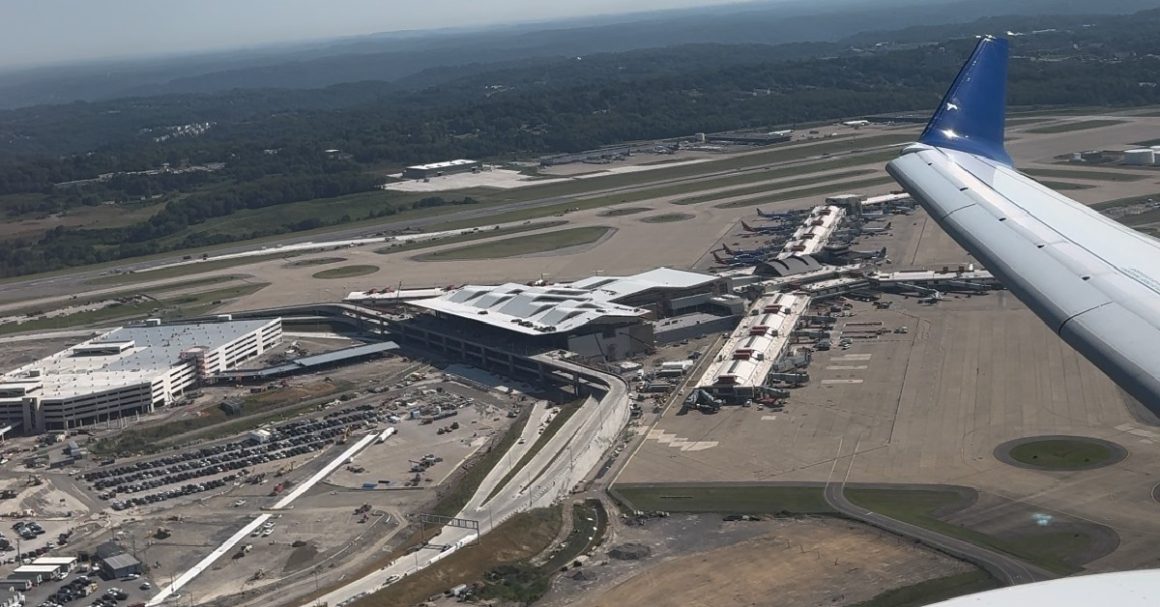
At the heart of the TMP is a new 811,000-square-foot terminal that will be the hub of PIT’s operations. This facility will replace the airport’s current landside building, which opened in 1992 and was designed primarily for a hub-and-spoke system. Back then, PIT was a major hub for USAir, later US Airways, before the airline dehubbed the airport in 2004.
At its peak, USAir alone operated more than 540 daily flights and over 20 million passengers annually at PIT. Following 9/11, the subsequent downturn in air travel, and two US Airways bankruptcies, PIT was decimated.
Today, PIT operates more as an origin-and-destination airport. Just over 9.19 million passengers boarded flights at PIT in 2023, and while that number may be impressive, the existing infrastructure no longer meets the needs of this market.
The new terminal will streamline the passenger experience significantly. For instance, the time it takes to get from curbside to airside will be reduced by 50 percent, and the time to get from international arrivals to curbside will decrease by a whopping 67 percent.
This improvement is particularly welcome to travelers who currently face multiple drop-off points, three floors to navigate, two woefully inefficient TSA checkpoints, and an underground train ride. Additionally, with the current setup, airlines must handle international passenger bags twice to deliver them to baggage claim—a process that will be eliminated with the new design.
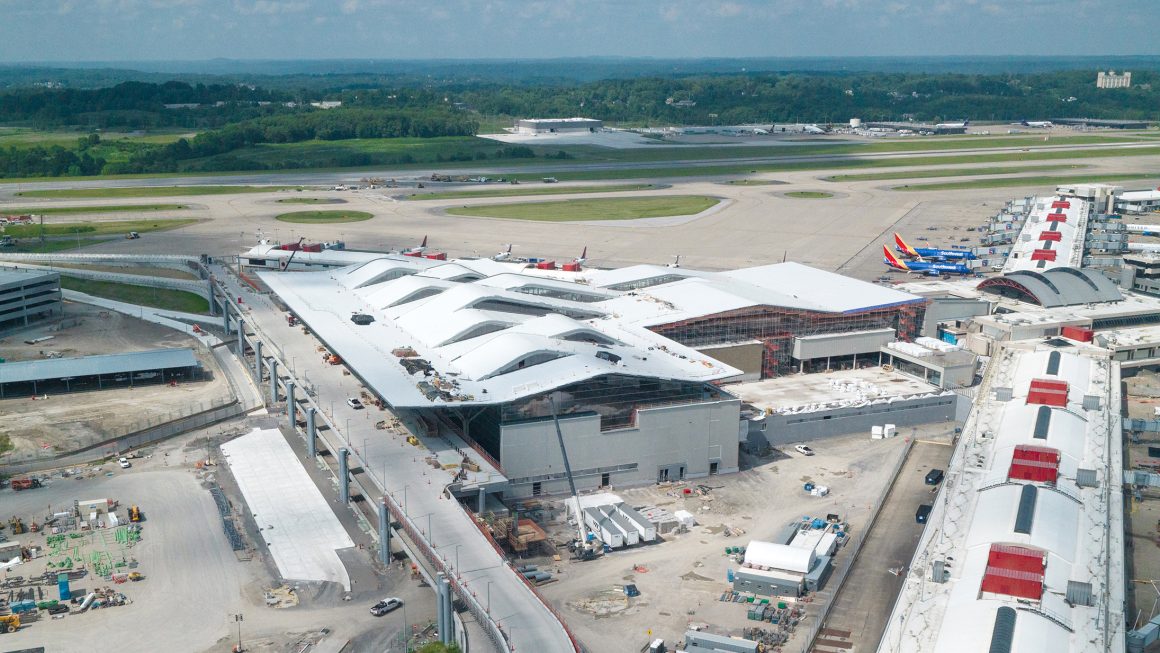
Simplifying the Passenger Journey
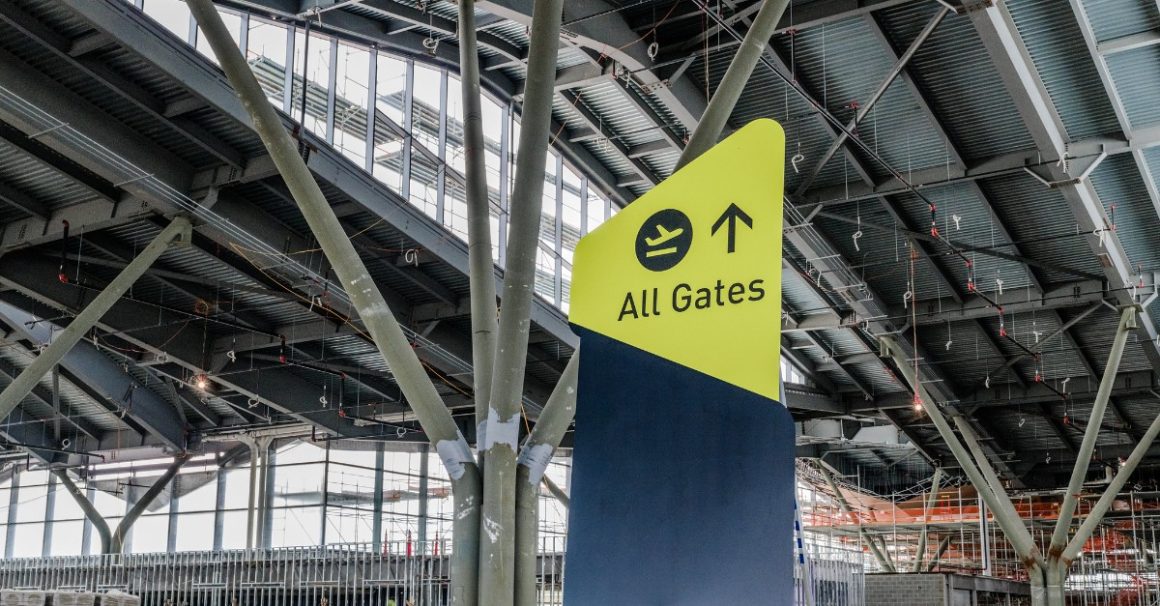
One of the major criticisms of the current PIT facility is its complexity. The layout includes multiple areas for ground transportation pickups, which often confuses travelers, especially those unfamiliar with the airport.
The new terminal will address these issues with a simplified design that includes a multi-modal complex parking structure, miles of new roadways, and a three-level terminal bridge. These changes will significantly reduce the distance and time needed to navigate the airport, making the passenger journey smoother and simpler.
Furthermore, the new terminal will feature a single, consolidated TSA checkpoint that will offer over twice the space of the current two checkpoints combined.
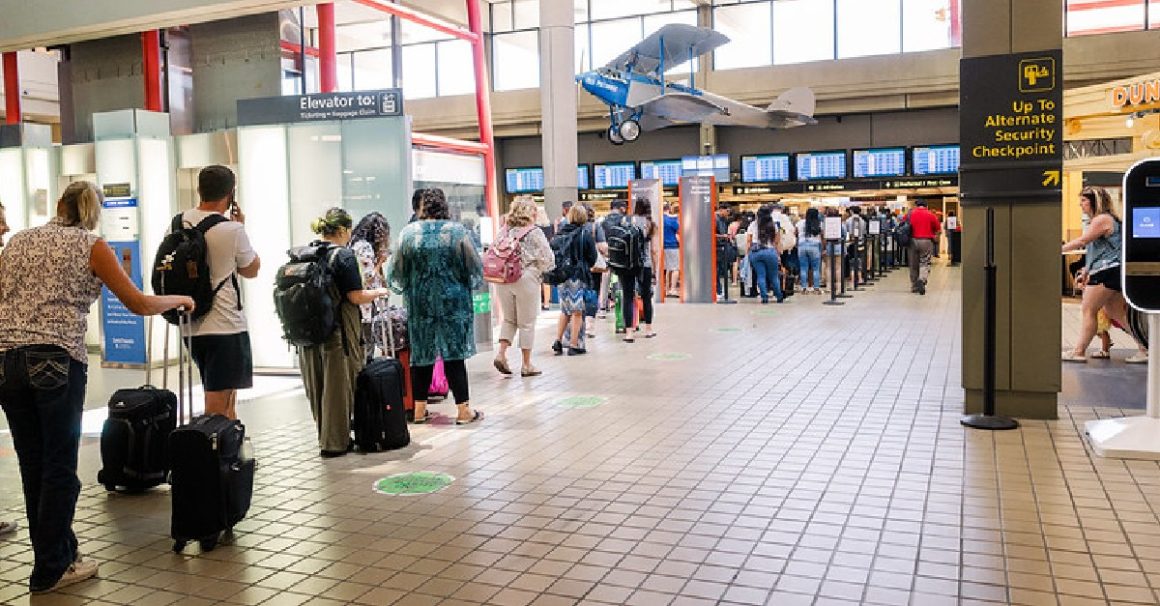
Unfortunately, passengers traveling through PIT during construction have been experiencing horrendous wait times at the TSA checkpoints, underscoring the need to address the overutilization of the existing TSA infrastructure. Designed for a different era of air travel, PIT’s current security checkpoints struggle to keep up with demand.
The new checkpoint will allow passengers to move through security quickly and efficiently, reducing wait times and stress.
Highlighting the Natural Beauty of Western Pennsylvania
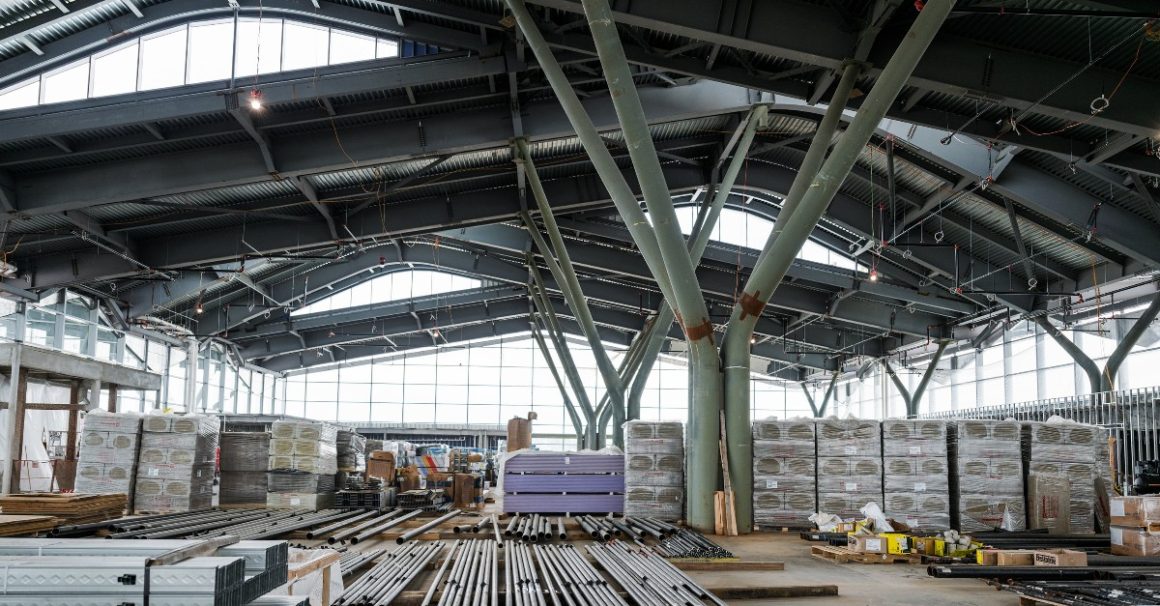
The TMP isn’t just about improving efficiency; it’s also about creating a more pleasant and aesthetically pleasing environment for travelers. The design of the new terminal takes inspiration from the natural beauty of western Pennsylvania.
Over the last few weeks, workers painted the steel tree columns to emulate the region’s foliage and installed wood constellation ceiling paneling, featuring 4,000 lights to mimic the night sky. The terminal’s terrazzo flooring will feature leaves that appear to fall from the tree columns, further reinforcing the natural theme.
In addition to its design elements, the new terminal will offer state-of-the-art amenities. Floor-to-ceiling windows will provide stunning airfield views, making PIT a haven for avgeeks and plane spotters. The terminal will also feature four separate outdoor spaces, including two past security where passengers can relax outside before their flights.
The airside terminal, which will connect to the new landside terminal via a connector bridge, will also undergo significant renovations. These include updated restrooms, concessions spaces, and gate areas, with a focus on enhancing comfort and convenience.
The new gate areas will feature seating with power outlets, LED lighting, high-top tables, and soft seating for families. The gate areas are being redesigned in collaboration with airlines, allowing for customization that meets the specific needs of PIT’s 15 different carriers.
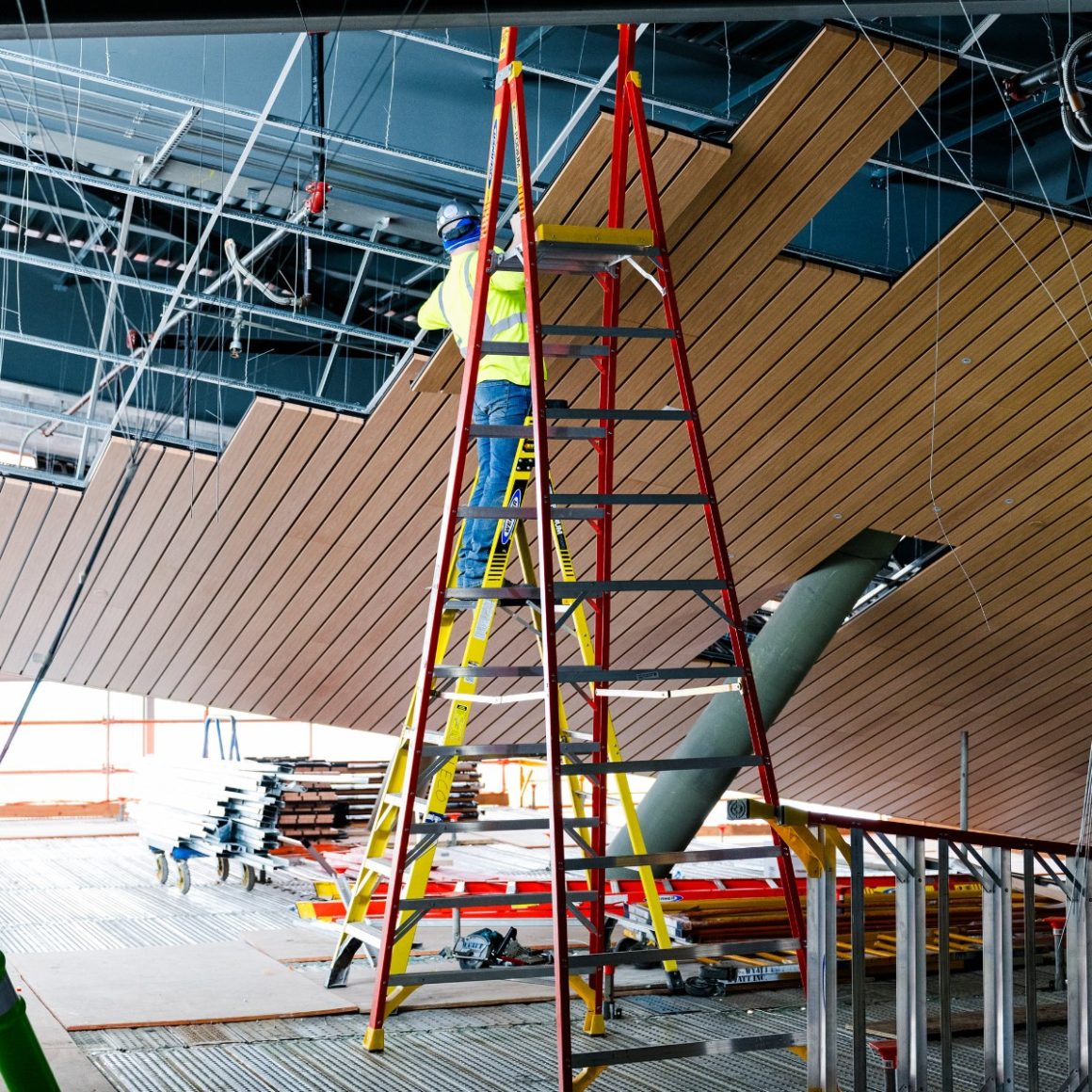
Parking at Pittsburgh International Airport will be a Whole Lot Easier
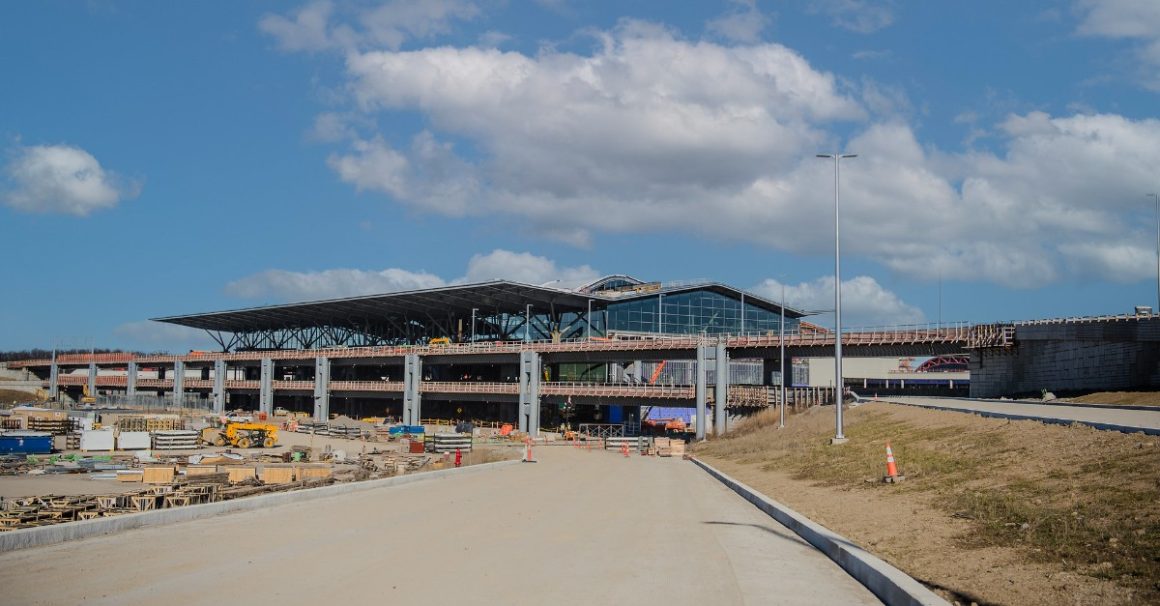
Sustainability is a key focus of the TMP. The new terminal will soon receive electricity, signaling progress towards a facility that is not only modern but also environmentally responsible. The project also aims to reduce operational costs, which have been high due to the complexity and age of the current facility.
The existing terminal includes a labyrinth of escalators, elevators, and moving walkways, all of which are expensive to operate and maintain. The new design simplifies these elements, reducing maintenance costs and the airport’s carbon footprint.
The baggage claim system, which has been a source of frustration for many passengers, will be noticeably faster and more efficient. This improvement is significant in an era where passengers expect quick and uncomplicated service at every stage of their journey.
The new terminal also feature a new parking garage with 5,000 spaces—three times the current number—making it easier for travelers to park and access the airport. Other features in the new garage include EV charging stations, rental car spaces, rideshare service pickup and drop-off spaces, and an environmentally-friendly deicing system for the entrance and exit ramps.
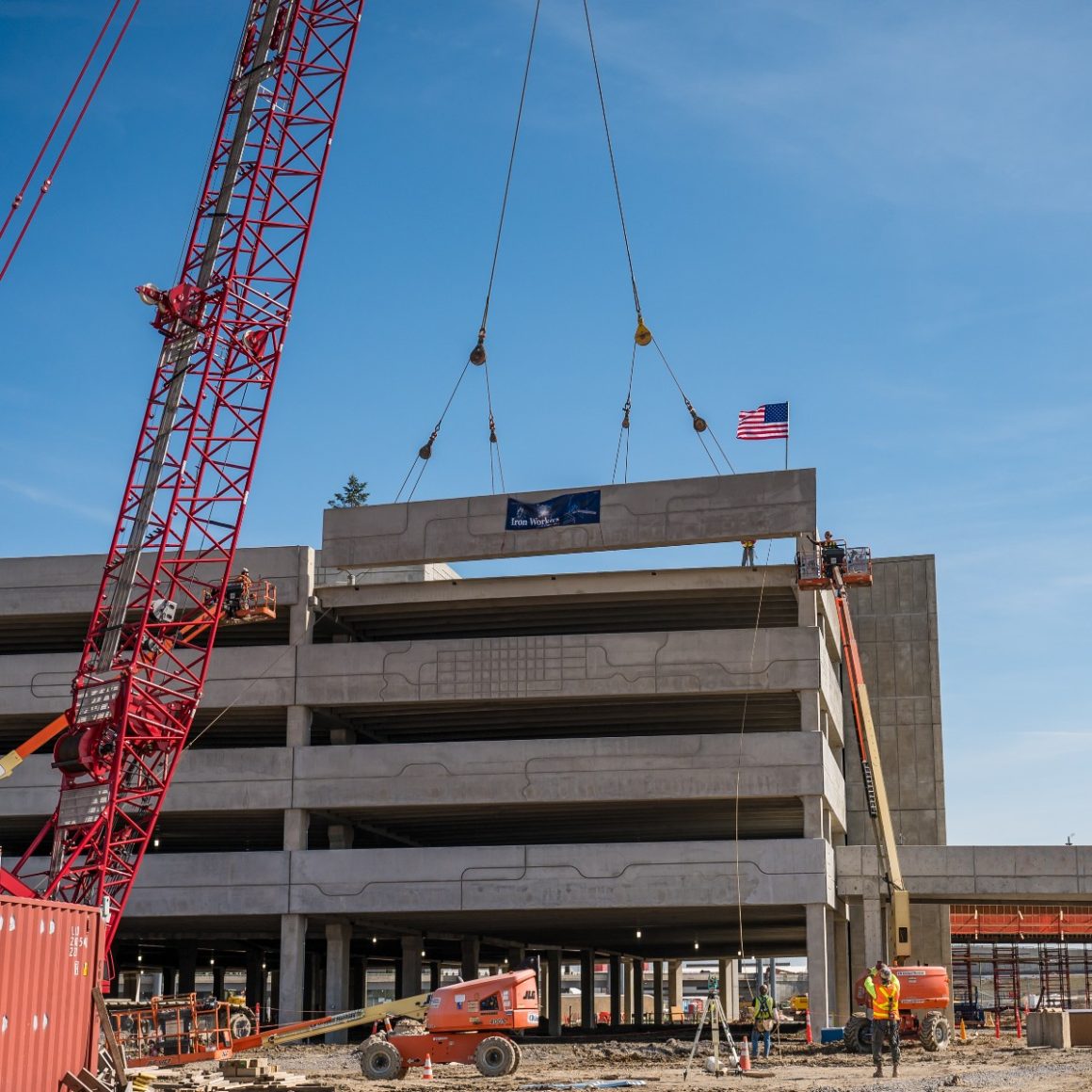
The AirMall Lives On: Retail to Expand at PIT

As of this writing (August 2024), the Terminal Modernization Program is over 70% complete, with a completion date set for early- to mid-2025. Significant progress is evident all around the facility, with walls going up on the new customer service building that will house rental car companies and other services. The airside terminal is also receiving a major facelift, with renovations that will align it with the design and functionality of the new landside building.
The retail offerings at PIT will also see a significant expansion, with 15 new concessions added to both the landside and airside terminals. These additions mark the airport’s largest retail expansion in over a decade. Notable additions include Shake Shack, which will join various other food and retail options that will remind travelers of PIT’s prime AirMall days.
As Opening Day Draws Near, PIT Focuses on Continued Growth

Much like the City of Pittsburgh’s stunning revival following the decline of its steel industry, Pittsburgh International Airport is undergoing a complete rebirth. PIT’s transformation is more than just a construction project; it’s a redefining moment for the airport’s role in the region and its service to passengers.
This fall, Pittsburgh International Airport’s 15 airlines will serve 62 destinations with 171 peak-day departures. Although PIT is a shadow of what it once was at the height of its days as a USAir hub, officials are optimistic that new routes–particularly international ones–will take flight in the years to come.
As business increases, PIT will be more than ready to meet this demand once the new terminal and renovated facilities open next year.
Avgeekery will continue to bring you updates as opening day draws near.
To read more about the Terminal Modernization Program at Pittsburgh International Airport, read this.
To look at artist renderings of what the new terminal will look like once complete, click here.
